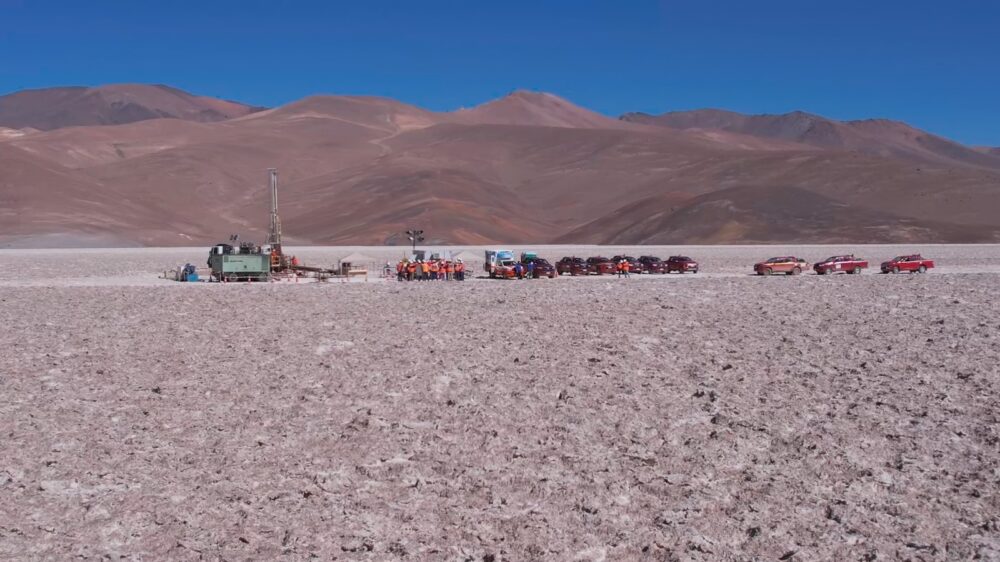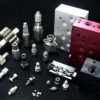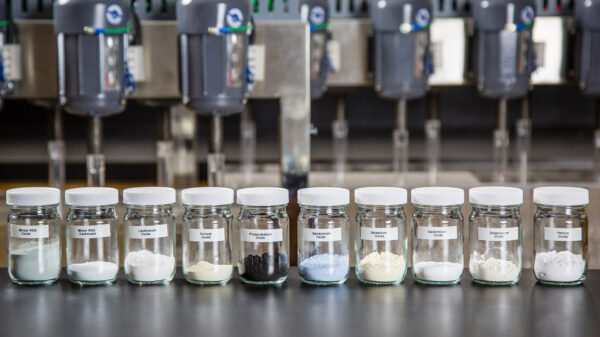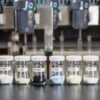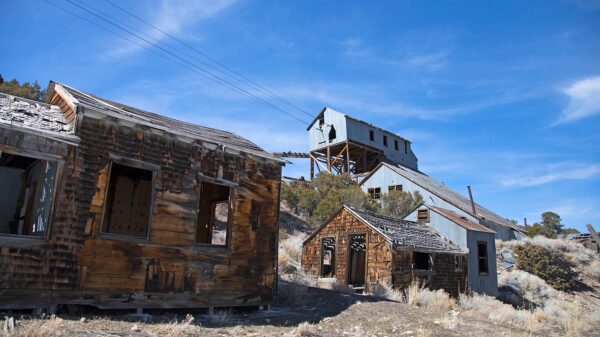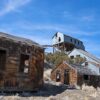Chile’s state-run copper firm, Codelco, has started looking for partnership candidates for its lithium project in the country’s Maricunga salt flats.
Announced originally on Friday, Codelco is aiming to begin production in 2030.
The copper miner originally hired Rothschild & Co. as its financial advisor in April to assist in selecting a partner. It told the local paper La Tercera that it had already received between 30 and 40 expressions of interest. Codelco anticipates construction on the project, which its calling Paloma, to start in early 2027. Additionally, Codelco plans to announce its partner in early 2025.
In the initial phase, Paloma will produce 20,000 tonnes of lithium carbonate equivalent (LCE) per year using traditional evaporation ponds. The project will require a USD$1.2 billion investment. The subsequent phase will aim to produce 30,000 tonnes of LCE per year through direct lithium extraction (DLE). The company estimates initial capital outlay for this phase at USD$1.1 billion.
Codelco is testing the use of DLE. The company’s recently formed a partnership with SQM (NYSE: SQM) for lithium production in the Atacama salt flat could use the new method by 2033.
Codelco secured its first lithium asset in its home country in January by acquiring Australia’s Lithium Power International. This deal gave the copper giant the Maricunga lithium project. The project is located on the namesake salt flat, Chile’s second-largest salt-encrusted field in terms of battery metal reserves.
Read more: Lithium South explores alternative production methods at Hombre Muerto North
Read more: Lithium South completes pumping test in Alba Sabrina Tenement
Atacama and Maricunga only run as partnerships with state run Codelco
Chile opened new lithium mining opportunities to private investors in March.
At that time, it designated the Atacama and Maricunga salt flats as strategic for the country. The state required that any operations in these sites be run by a partnership in which either Codelco or Chilean miner Enami holds a majority stake.
Chile is also a member of a region called the Lithium Triangle.
The triangle is a region renowned for its vast reserves of lithium that exists at an intersection with Argentina and Bolivia. This area boasts some of the world’s largest and highest quality lithium brine deposits, accounting for more than half of the planet’s known lithium resources. The Salar de Atacama in Chile, Salar de Uyuni in Bolivia, and Salar del Hombre Muerto in Argentina are key extraction sites within this triangle.
POSCO Holdings (NYSE: PKX) and Lithium South Development Corporation (TSXV: LIS) (OTCQB: LISMF) (Frankfurt: OGPQ) have embarked on a joint venture to develop lithium resources in the Salar del Hombre Muerto, one of Argentina’s most significant lithium-rich salt flats. This collaboration aims to leverage POSCO’s advanced extraction technologies and Lithium South’s extensive local expertise to maximize the efficiency and output of their operations.
Lithium South Development Corporation is a sponsor of Mugglehead news coverage
.
Follow Joseph Morton on Twitter
joseph@mugglehead.com

